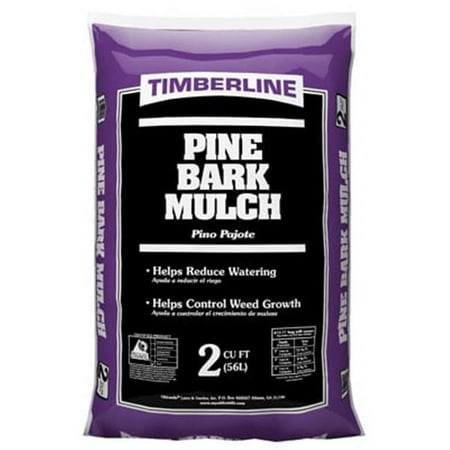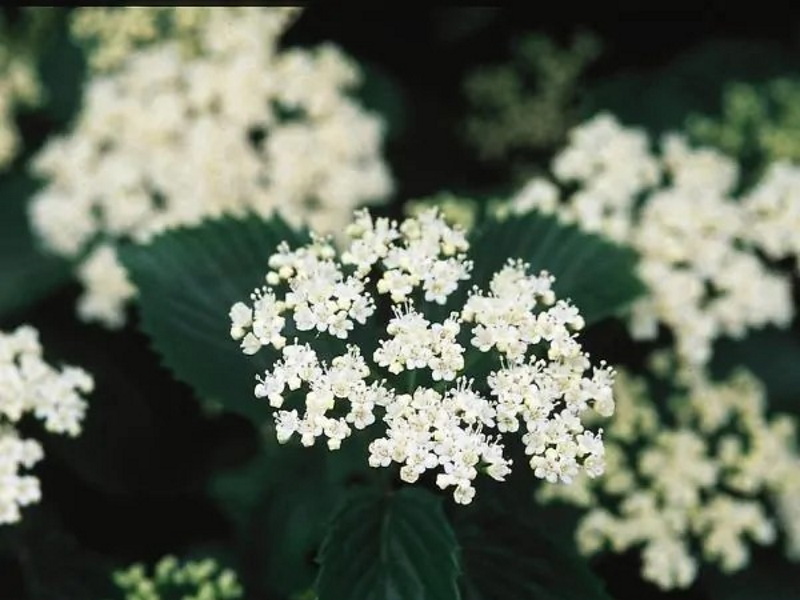What to do with viburnums in the fall – expert tips for healthy shrubs
Whether you have a snowball bush or a nannyberry shrub in your yard, our fall care guide has all the information you need
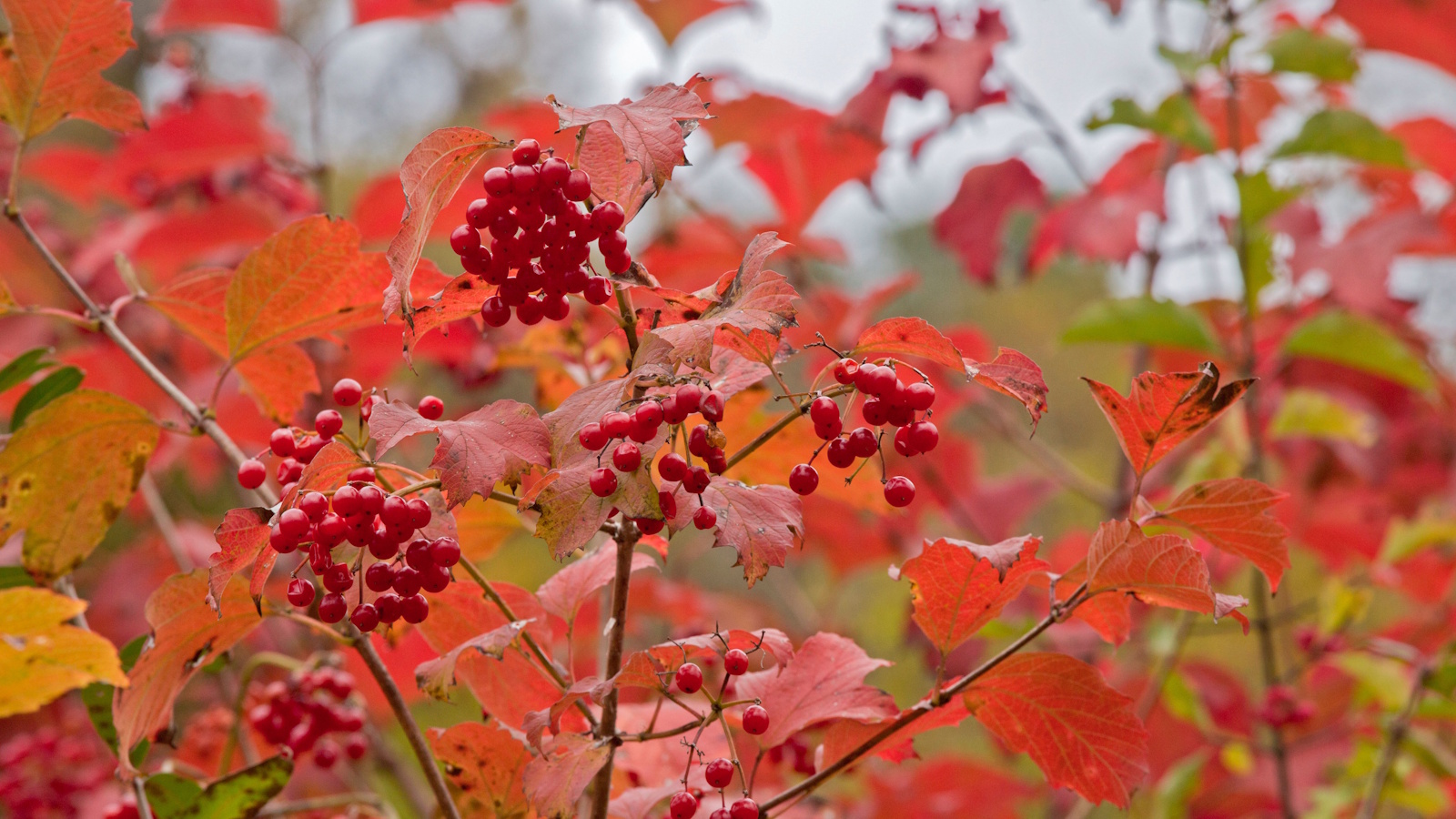

Viburnums are stalwarts of the garden border. Reliable and hardy, these versatile shrubs never fail to impress. With attractive foliage, scented blooms and colorful berries - what more could a gardener ask for?
Come fall, many viburnum species come into their own. The snowball bush, Viburnum opulus, is one native shrub that is famed for its white, spherical blooms in spring but also produces masses of red berries in early fall. As you can see in the image above, red jewel-like fruits adorn the branches, making for a colorful display as the seasons change.
While you might know how to grow viburnum shrubs, there are a handful of simple steps to take in October and November to keep your viburnums in good health. So, whether you grow a snowball bush or another stunning viburnum species, our guide has all the information you need. Here, one garden expert reveals what to do with viburnums in the fall, with tips on mulching, watering and pruning.
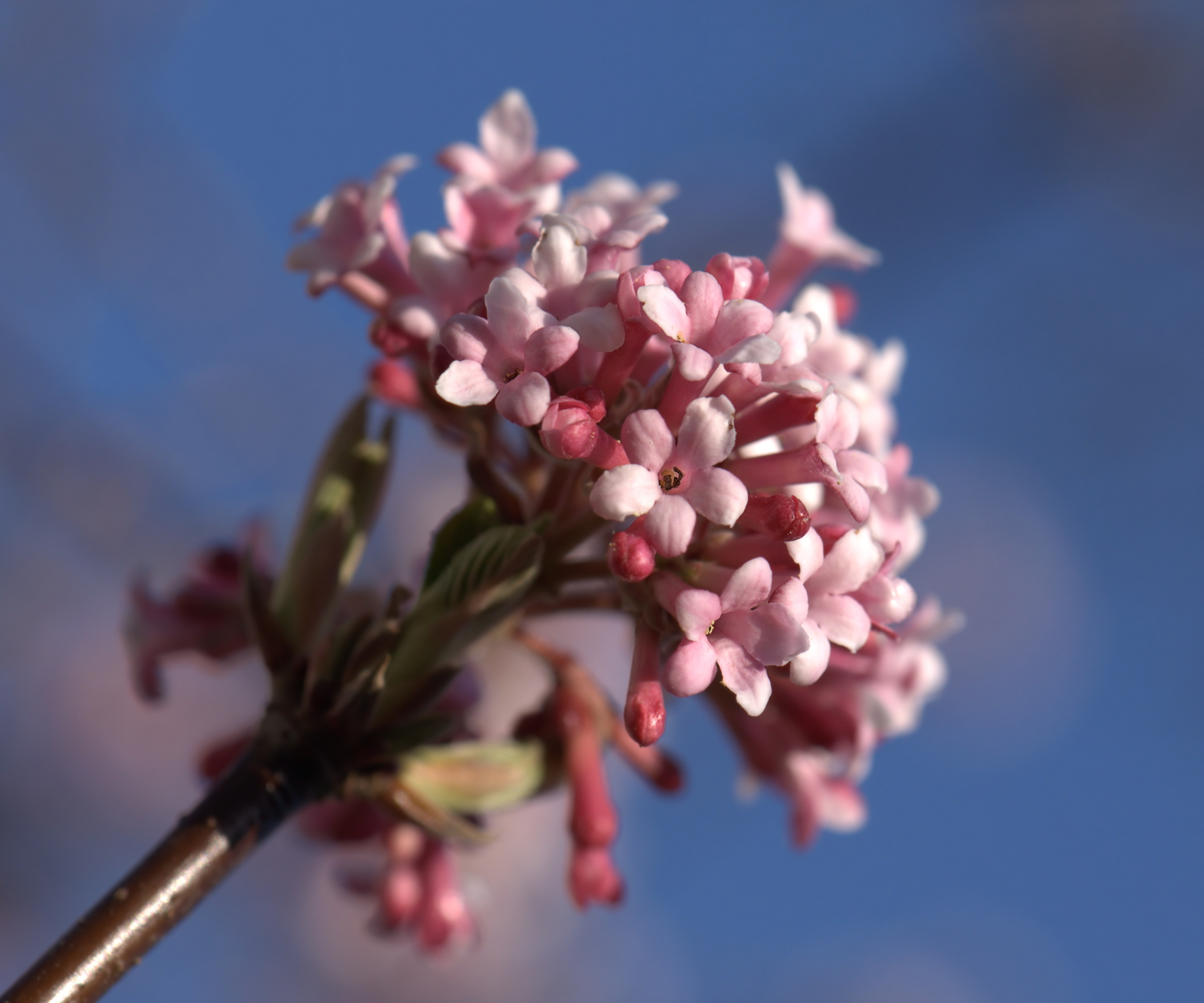
What to do with viburnums in the fall
Viburnums are a diverse genus of over 150 plant species, found growing across temperate regions in Europe, North America and Asia. While the variety of this genus is significant, most viburnum species can be grown somewhere between US hardiness zone 3 to US hardiness zone 8. While these shrubs or small trees are generally considered easy to grow, there are a few key rules to follow in the fall months to ensure that your plant continues to thrive.
1. Mulch your viburnum

'Generally, viburnums don’t need fall or winter protection as they tend to be hardy in a range of climates,' says plant expert Katie Sunderlage. 'I would recommend adding a one to two-inch layer of mulch around the base of your shrub, however, which can help to protect roots when the frosts arrive.'
While most viburnums are hardy, mulching is certainly a good idea if you live in cooler, northern regions, such as US hardiness zone 5. Many popular viburnum species, such as the snowball bush, are hardy down to zone 6, so in northerly states, adding a little mulch can help to keep your shrub protected in the fall and winter.
Organic products, such as this pine bark mulch from Amazon, are a good option, particularly as pine mulch is slightly acidic, which viburnum shrubs enjoy.
Design expertise in your inbox – from inspiring decorating ideas and beautiful celebrity homes to practical gardening advice and shopping round-ups.
'What's more, in addition to protecting the roots from frost and snow, mulching will also retain moisture in the soil during spring and summer, and inhibit weed growth,' Katie adds. So, adding this job to your fall gardening checklist will pay dividends in the coming year.
2. Remove dead or damaged viburnum stems
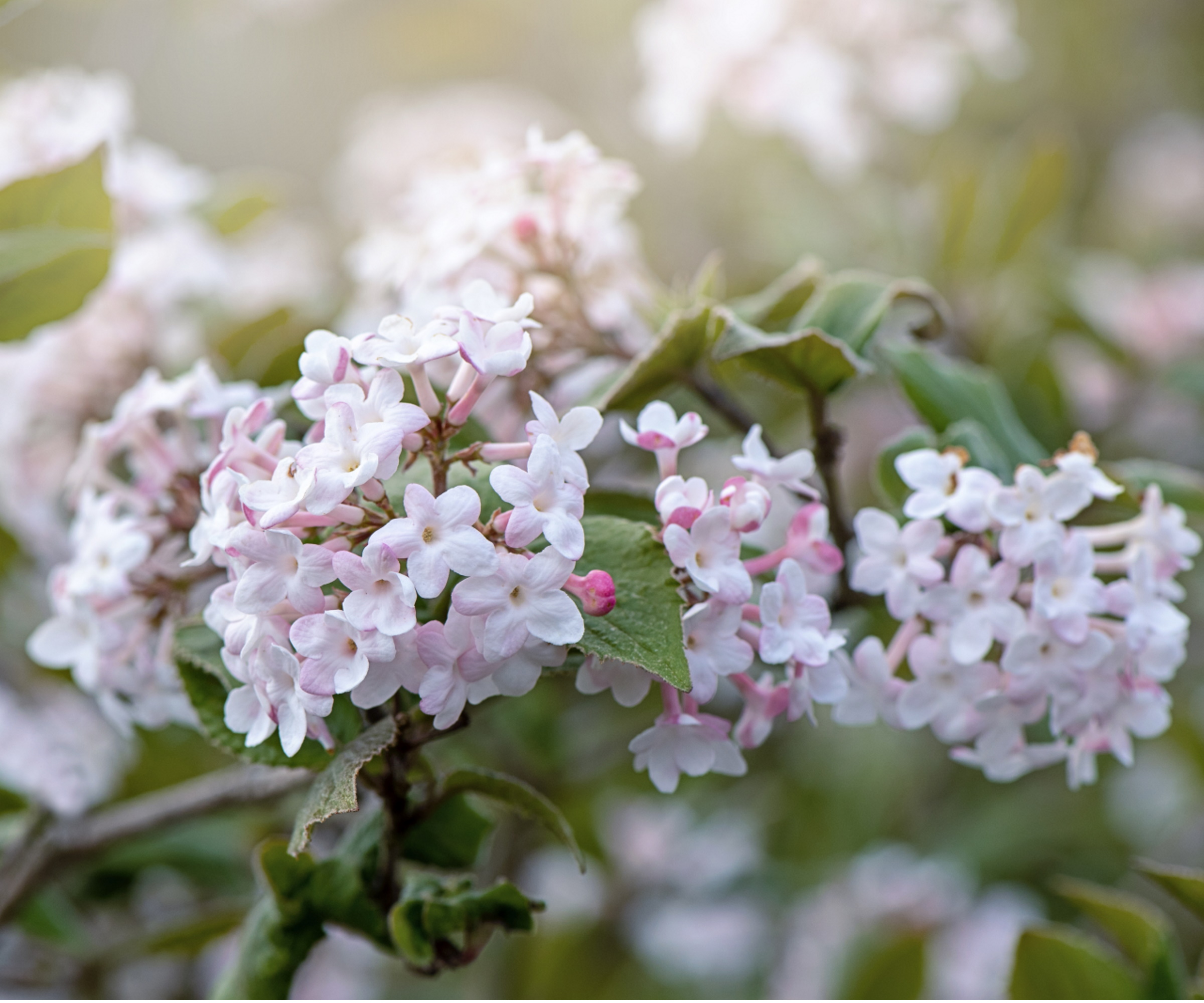
If you are wondering when to prune viburnum shrubs, it is best to approach with caution. 'The only pruning that should be done to any viburnum bushes in the fall is removing damaged branches,' Katie says, 'not least because you want to enjoy the fall and winter berry display,' such as the dark berries of Viburnum tinus which birds feed on.
Dead, dying or diseased branches will be easy to spot, having few if any leaves (plain to see on evergreen species), or appearing bruised and blackened. Simply remove these stems, cutting them down to a healthy joint before disposing of them in your green waste collection. For thicker stems, be sure to use heavy-duty tools, such as these Felco loppers from Amazon.
'Pruning at the wrong time in the fall can cause serious harm to your shrubs,' Katie says. 'This is because any open wounds will heal less quickly in cold weather, making the shrub more susceptible to bacteria and infection.
'Instead, keep your viburnum pruning to late winter or spring,' Katie adds. 'While this will vary on the species you grow and whether it is a deciduous or evergreen shrub, the best rule is to prune after flowering but before berries or seeds form, usually between March and June.'

Operations Manager at Holland Group, managing the customer service department and purchasing. Katie has been in the green industry since 2005 in the Greater Milwaukee area, earning her degree in Horticulture in 2008. She has been able to share her love for plants working in multiple garden centers, in sales positions and most recently in an online retail platform at Holland Group.
3. Water your viburnum in dry weather
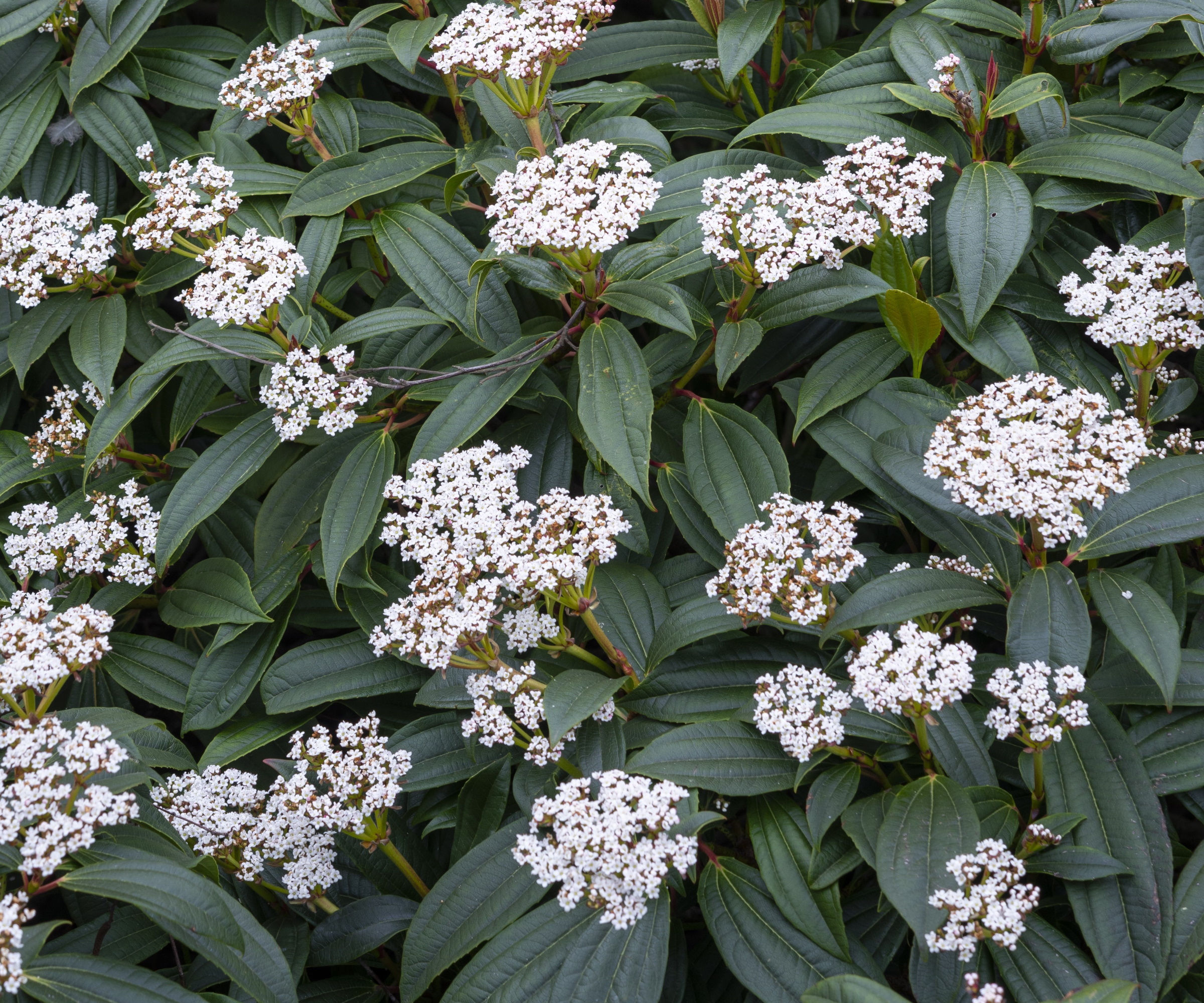
'If fall is very dry, it’s recommended to water every other week until the ground is completely frozen,' Katie says. 'However, watering too often can cause rotting or damage to the roots before going dormant, so it is important to find the balance between deep watering without oversaturating the soil.'
One way to do this is to use a soil moisture meter, available from Amazon, that will helpfully inform you how wet or dry your soil is.
Remember that most viburnum species are woodland plants so prefer having moist but well-draining soil. For example, the popular white flowering snowball bush requires evenly moist soil and does not respond well to dry soil. While your plant is not producing new growth at this time, ensuring there is some moisture in the soil in the fall will help your plant prepare for winter dormancy, ready to bounce back in spring with vigor.
It is a good idea, therefore, to water viburnum shrubs if the weather is dry in the fall, providing a can or two of water every other week, using a good quality watering can such as this galvanized steel watering can, available from Amazon.
FAQs
Should I fertilize my viburnum shrub in the fall?
No, it is not a good idea to feed your viburnums in the fall. Remember that these shrubs are preparing for winter dormancy, and fertilizing can encourage them to produce new growth that will only die when the cold weather hits. Instead, Katie recommends 'fertilizing with an all-purpose or bloom-boosting fertilizer in spring, which will help the plant to produce flower buds.'
Why does my viburnum shrub not have berries in the fall?
If your viburnum bush does not produce berries, it is likely because it is a sterile variety. This means that it has the ability to produce flowers and nectar, but it cannot produce seeds. Many viburnum cultivars, such Viburnum opulus 'Roseum', a variety of snowball bush, produce flowers but do not produce berries. If you are keen to have berries in your yard, always check the variety you are planting to make sure it will fruit in the fall.
While established viburnum species are cold and frost-hardy, keep an eye on any newly planted specimens when the temperatures drop. 'Wrapping loosely with a breathable fabric like burlap or mesh can help protect newly planted viburnum shrubs or those planted in windy locations,' Katie cautions. Frost protection kits are available from Amazon.

Thomas is a Content Editor within the Gardens Team at Homes and Gardens. He has worked as a professional gardener for both public spaces and private estates, specializing in productive gardening, growing food and flowers. Trained in Horticulture at the Garden Museum, he has written on gardening and garden history for various publications, including The English Garden, Gardens Illustrated, Hortus, The London Gardener and Bloom. He has co-authored a Lonely Planet travel book, The Tree Atlas, due out in 2024.
